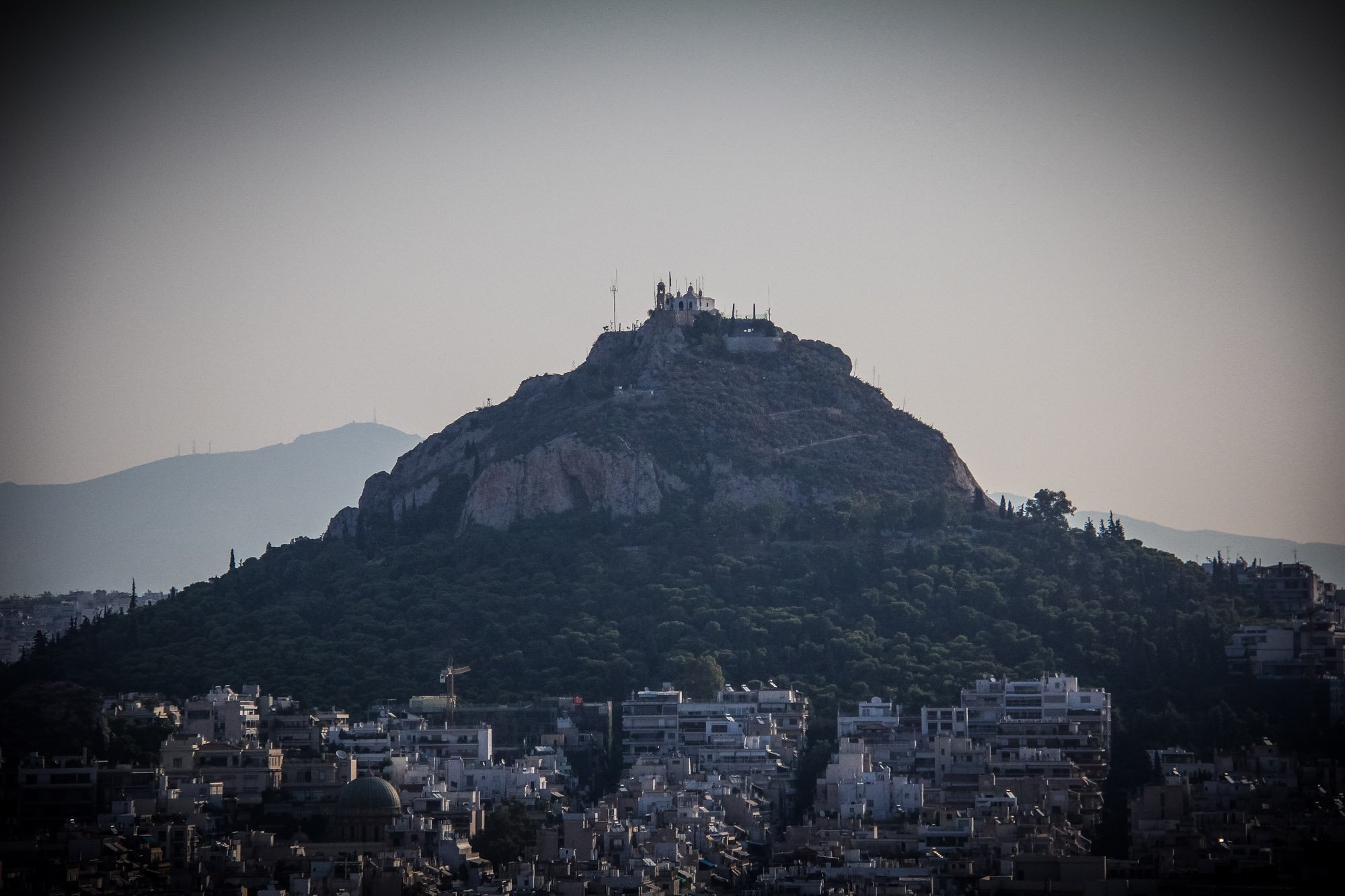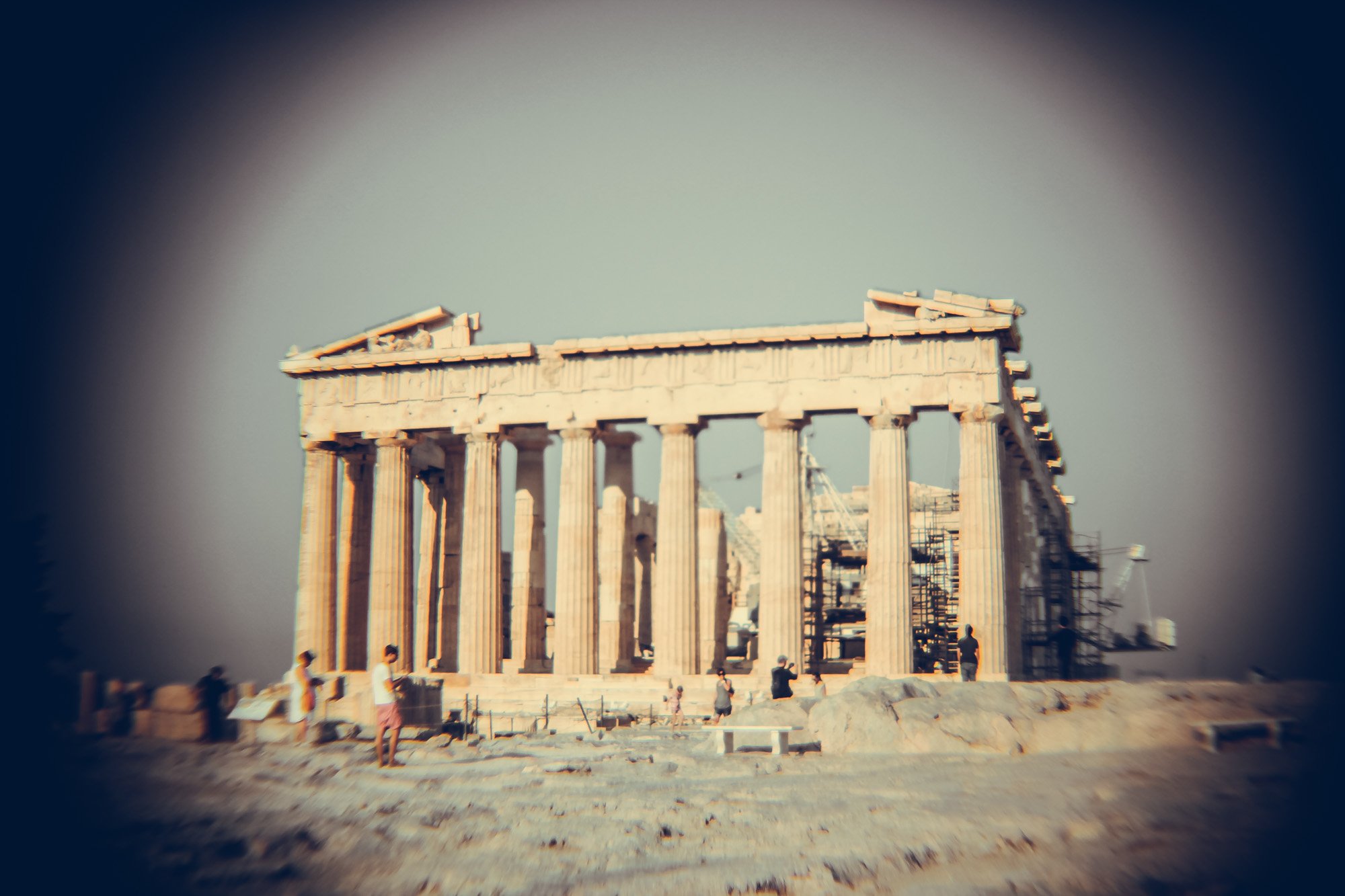Introduction
Lycabettus Hill, also referred to as Mount Lycabettus, is the tallest point in central Athens, Greece, rising to 300 meters (984 feet) above sea level. This limestone hill provides stunning panoramic views of the city and its surroundings, attracting visitors from around the globe who come to appreciate its natural beauty, historical significance, and cultural importance.
History
Lycabettus Hill has played a vital role in Athens’ urban landscape for centuries. Rich in mythology, it has served as a sacred site for various civilizations. One of the prominent landmarks on the hill is the Church of St. George (Agios Georgios), constructed in the 19th century in 1870, showcasing exquisite frescoes. The hill also features a monument honoring the heroes of the Greek War of Independence and a World War II anti-aircraft cannon, reflecting its complex history.
How to Get There
Visitors can access the summit of Lycabettus Hill through several means:
- On Foot: The most favored route begins at Aristippou Street in the Kolonaki district. The hike typically takes between 30 minutes to an hour, depending on your pace and fitness level. It’s advisable to wear comfortable footwear and carry water, especially during warmer months.
- By Cable Car: The cable car station is located at the intersection of Aristippou and Plutarchiou Streets. A round-trip ticket generally costs between 5 and 7 euros for adults and 2.50 to 3.50 euros for children. The cable car operates every half hour from 8:30 AM until around 2 AM.
- By Car: If driving, head north on Ilia Rogkakou Street and follow the signs for “Theater” to Mount Lycabettus Road. This road leads to a large parking area near the amphitheater. From there, you can ascend via staircases and paved paths to reach the summit.
Things to See
- St. George Chapel: A quaint whitewashed Orthodox church from the 19th century, dedicated to the patron saint of soldiers, featuring beautiful religious icons and frescoes.
- Monument to the Heroes of the Greek War of Independence: A tribute to those who fought for Greece’s freedom during the War of Independence (1821-1832).
- World War II Cannon: An anti-aircraft cannon that serves as a reminder of the hill’s significant role during World War II.
- Open-air Amphitheater: This venue regularly hosts concerts, theatrical performances, and dance shows.
- Panorama: Experience breathtaking views of Athens, the Saronic Gulf, and the surrounding mountains, with iconic landmarks like the Acropolis, Ancient Agora, Temple of Olympian Zeus, and Panathenaic Stadium visible from the viewpoint.
Ticket Information
While access to Mount Lycabettus is free, there is a fee for the cable car. The cost for a round-trip ticket typically ranges from 5 to 7 euros for adults and 2.50 to 3.50 euros for children. Tickets can be purchased at the cable car’s departure station.
Tips for Visiting
- Plan Ahead: Consider booking your tickets and tours in advance to minimize wait times.
- Comfortable Shoes: If you opt to hike, wear comfortable footwear.
- Bring Water: Stay hydrated, especially during the hotter months.
- Check Hours: The cable car operates every half hour from 8:30 AM to around 2 AM, so plan your visit accordingly.
- Enjoy the View: Take your time to soak in the stunning panoramic views from the top.
- Explore the Area: The Kolonaki district offers upscale dining and shopping options, making it a great place to visit after your trip to the hill.
Lycabettus Hill is an essential destination in Athens, combining natural beauty, historical depth, and cultural experiences. Whether you choose to hike or take the cable car, the stunning views and rich history promise an unforgettable experience.







